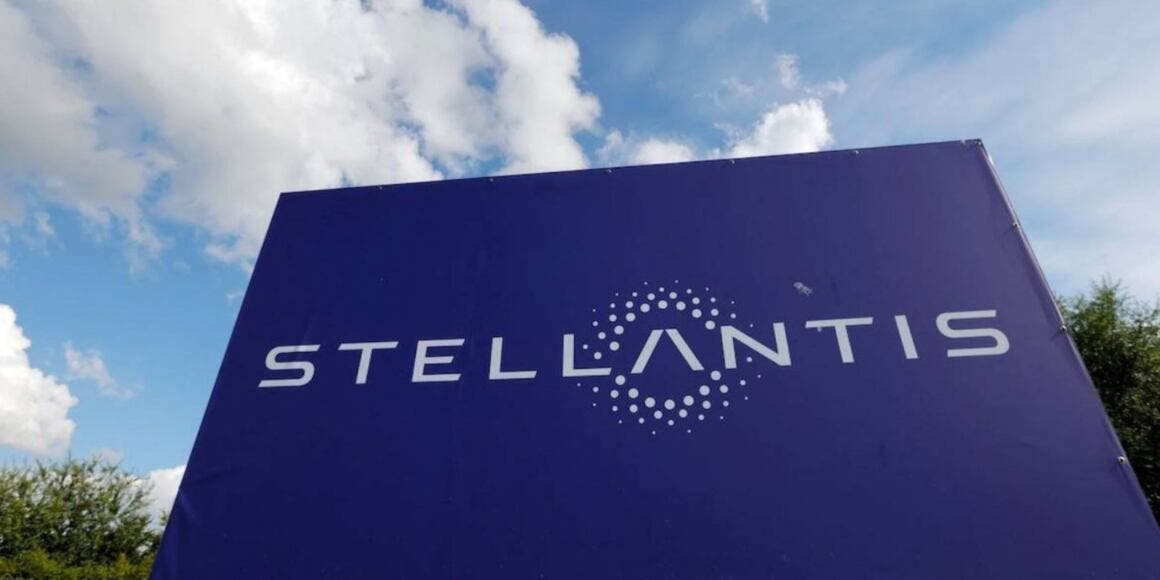Last month, reports surfaced about a fire at Stellantis’ North American headquarters in Auburn Hills, Michigan. Recently, details about the incident have emerged: it took place at the Chrysler Technical Center and likely involved an electric vehicle prototype as the cause.
The fire, reported last month at Stellantis’ American headquarters in Auburn Hills, might have originated from an electric prototype
The American manufacturer is actively investigating the incident. Reports indicate that workers parked the prototype in an elevator, and later, a forklift was necessary to remove it from the facility. The team preparing to test the electric car discovered it in flames, with fire beneath the vehicle and under the hood. Witnesses at the scene suggest the vehicle experienced coolant problems.
Firefighters described the incident as “unintentional”, and fortunately, it resulted in no injuries. The issue of battery failures in electric vehicles remains a significant concern for automotive manufacturers and consumers, due to the potential power of the cells.

The specific prototype Stellantis was working on during the fire remains unclear. However, like other automakers, the company is deeply involved in developing a variety of electric vehicles on new “STLA” platforms. These platforms will underpin future electric vehicles from the group’s various brands, including the new Alfa Romeo Giulia, Lancia Gamma, and Jeep Compass.
Chrysler is reportedly working on an electric crossover, hinted at by the Airflow concept, while Ram is focusing on a fully electric pickup. Dodge, meanwhile, is concentrating on an electric muscle car, as showcased by the Charger Daytona SRT Banshee concept. In the coming hours, we might learn more about this fire, seemingly caused by a secret electric vehicle that Stellantis was developing at its Auburn Hills headquarters in the United States last month.
